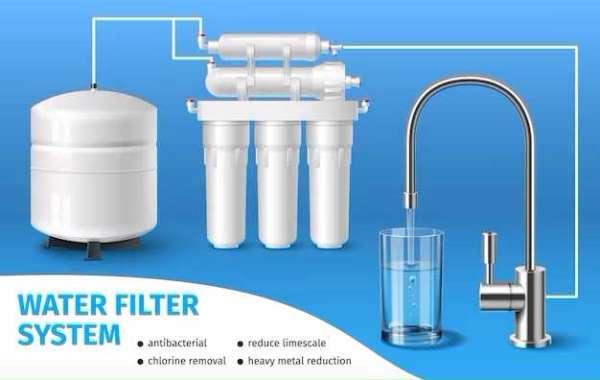Introduction:
Water is one of the most precious resources on our planet, vital for sustaining life and supporting various essential activities. However, with the growing population, industrialization, and pollution, the quality of water has been increasingly compromised. Ensuring access to clean and safe water has become a pressing global challenge. This is where water treatment equipment plays a pivotal role in safeguarding our most vital resource.
Understanding Water Treatment:
Water treatment is a process that aims to improve the quality of water by removing contaminants and impurities. These contaminants can be natural substances, such as minerals and microorganisms, or man-made pollutants like chemicals and industrial waste. Proper water treatment is essential for drinking water, industrial processes, agriculture, and environmental preservation.
Types of Water Treatment Equipment:
Filtration Systems: Filtration is a primary step in water treatment that removes larger particles and debris. Various types of filters, such as activated carbon filters, sand filters, and multimedia filters, are used to trap suspended solids, sediment, chlorine, and some organic compounds.
Reverse Osmosis (RO) Systems: RO systems use a semi-permeable membrane to remove dissolved salts, minerals, heavy metals, and other contaminants from water. This technology is particularly effective for desalination and producing high-quality drinking water.
Water Softeners: Hard water, which contains high levels of calcium and magnesium, can lead to scale buildup in pipes and reduce the effectiveness of cleaning agents. Water softeners use ion exchange technology to replace calcium and magnesium ions with sodium ions, mitigating the hardness of the water.
Disinfection Systems: Disinfection is crucial for eliminating harmful microorganisms from water. Chlorination, ultraviolet (UV) disinfection, and ozonation are some common methods used to disinfect water and make it safe for consumption.
Distillation Systems: Distillation involves heating water to produce steam and then condensing the steam back into the water. This process effectively removes contaminants with higher boiling points, leaving behind purified water.
Ion Exchange Systems: Ion exchange involves exchanging ions in the water with ions of a similar charge from a resin. This process is useful for removing specific contaminants like nitrates, sulfates, and heavy metals.
Aeration Systems: Aeration involves introducing air into water to remove volatile organic compounds (VOCs) and certain gases like hydrogen sulfide, which cause odors and taste issues.
Importance of Water Treatment Equipment:
Health and Safety: Clean and safe drinking water is vital for human health. Waterborne diseases can be prevented through proper treatment, ensuring a healthier population.
Environmental Protection: Water treatment helps maintain the ecological balance of aquatic ecosystems by reducing pollution and preserving the biodiversity of aquatic life.
Industrial Processes: Industries require treated water for various processes to ensure the quality and safety of their products. Water treatment equipment helps in achieving this reliability.
Agriculture: Agriculture accounts for a significant portion of water usage. Properly treated water ensures optimum crop growth and minimizes environmental impacts due to agricultural practices.
Wastewater Treatment: Effective water treatment equipment is crucial for treating wastewater before it is discharged back into the environment, preventing contamination and ecological damage.
Challenges and Future Prospects:
While water treatment equipment has come a long way in addressing water quality issues, challenges persist. Some regions still face access to clean water due to inadequate infrastructure and resources. Moreover, emerging contaminants, such as pharmaceuticals and microplastics, pose new challenges for treatment technologies.
The future of water treatment equipment lies in innovative technologies, increased efficiency, and decentralized systems. Advancements in nanotechnology, smart sensors, and machine learning hold promise for more effective and sustainable water treatment solutions.
In Conclusion:
Water treatment equipment plays a vital role in preserving our most precious resource - water. As we face increasing global challenges, it is crucial to invest in advanced and sustainable water treatment technologies. Access to clean and safe water is a fundamental right for all, and with the right water treatment equipment, we can safeguard the health of our communities, protect the environment, and secure a sustainable future for generations to come.








